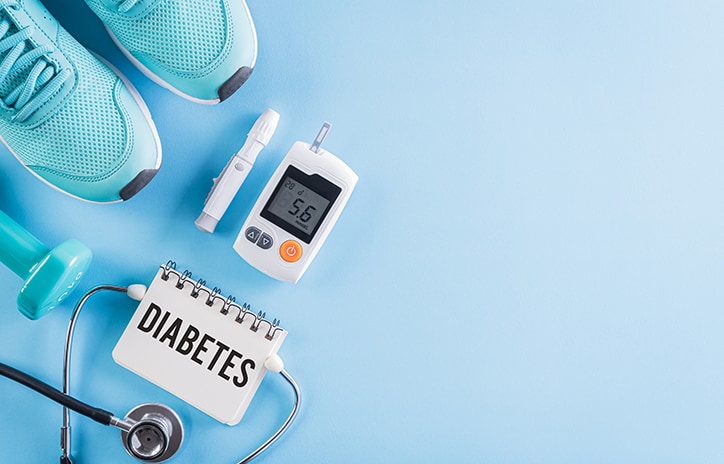A natural treatment to help people burn off fat has come a step closer following a scientific breakthrough.
A study has cast light on how to activate brown fat, the ‘good’ fat in the body which burns large amounts of calories to keep us warm in cold conditions.
Unlike ‘bad’ white fat, which people store around their bellies, often leading to obesity, scientists have been keen to harness brown fat to help people lose weight.

If they can turn it on, at any time, and not just when people are cold, they could help them to lose weight on demand.
This is still a long way off, but scientists have come significantly closer after revealing the detailed molecular structure of the protein which causes brown fat to burn calories.
The protein, called Uncoupling Protein 1 (UCP1) is a scientific mystery, and researchers want to understand how it ‘switches on’ to trigger calorie burning in brown fat.
But they now have an insight, after finding the position of two ‘gates’ within the protein when it is switched off.
Because the inside gate is closed and the outside gate is open when the protein is inactive, they believe the gates must be in the opposite position to activate the protein.
The next step is to find a drug which alters the gates in this way, to kick-start the calorie-burning activity of the brown fat which could people slim down.
Brown fat is the holy grail, because studies show people who have more of it tend to be more lean, and therefore activating it could provide a natural solution to weight loss instead of a slimming pill.
Professor Edmund Kunji, who led the study from the University of Cambridge, said: ‘This structure will allow scientists to understand how to switch the protein on, leading to the burning of fat.

‘This could also remove glucose from the blood, helping to control diabetes.
‘This is a significant breakthrough in this field.’
The uncoupling protein is too small to see properly through a microscope.
But the research team used tiny antibodies from llamas to stick the uncoupling protein to two other proteins.
This created a structure large enough to view from all angles using an electron microscope.
The researchers simply had to ignore the structure of the other proteins from their image to figure out the structure of the important uncoupling protein.
The breakthrough was made by an international collaboration between the University of East Anglia, the University of Cambridge, the University of Pennsylvania and the Free University of Brussels.
Dr Paul Crichton, from UEA’s Norwich Medical School, said: ‘Despite more than 40 years of research, we did not know what UCP1 looks like to understand how it works – until now.’
The findings are published in the journal Science Advances.